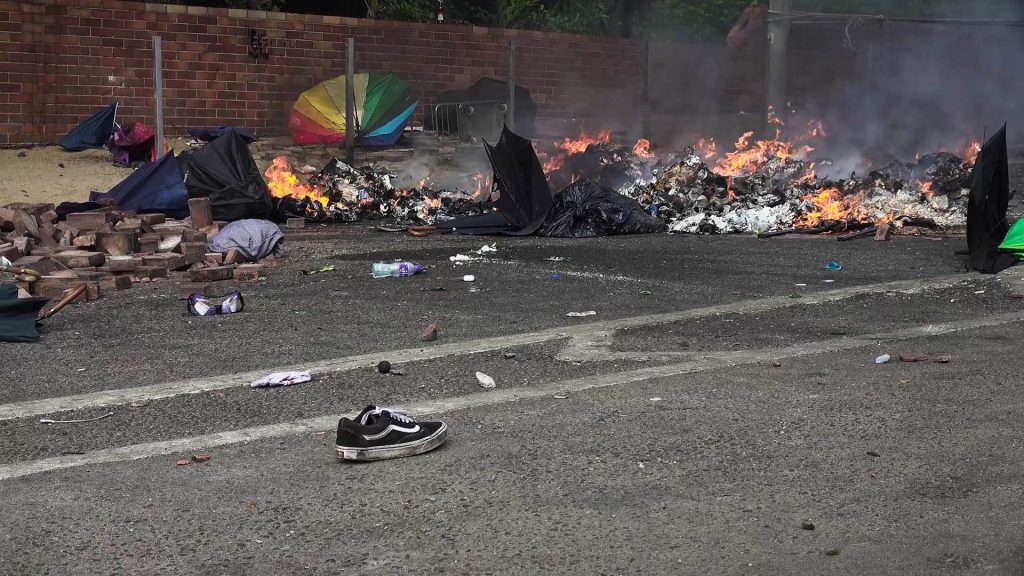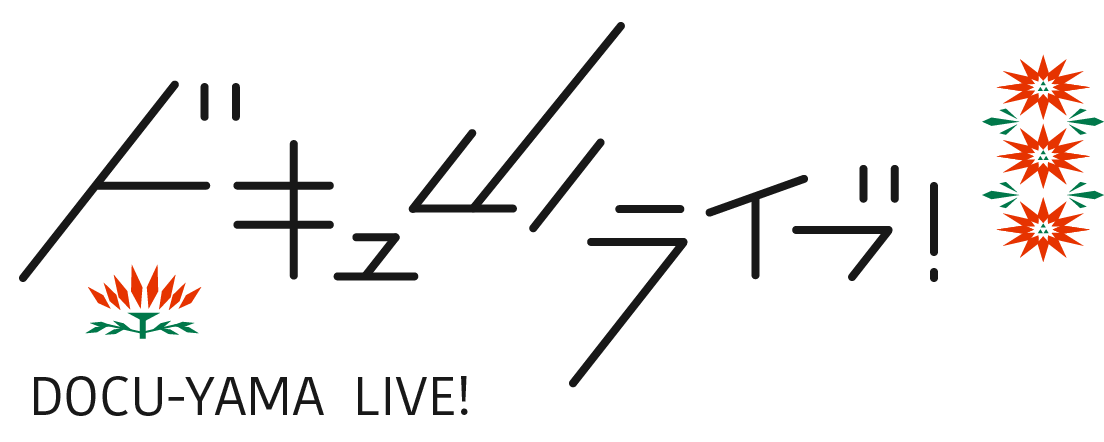
Linh Than
The making of Inside the Red Brick Wall, an impressive joint effort of Hong Kong Documentary Filmmakers Collective, is bravery—so brave and real that the film has been banned from public screenings in Hong Kong due to the influence of pro-Beijing forces in the city. Turning away from cherry-picked information, Inside the Red Brick Wall preserves the anonymity of both the subjects and the filmmakers to shed unabashed light on the side often dismissed by the controlled media. To hail it as the trailblazer of modern reportage, or a powerful insider’s documentation of the Siege of Hong Kong Polytechnic University, is indeed still an understatement: the film is a comprehensive perusal of human emotions at the nadir of order—the unrest within ourselves when surrounded by extreme adversity.
The situation: protesters blocked Cross-Harbour Tunnel and established the university as their base. The Hong Kong Police Force soon laid siege to the campus, but the protesters’ objective was clear: they wouldn’t surrender unless the Hong Kong extradition bill was lifted. Weapons used: firearms, petrol bombs, rubber bullets, water cannons with chemical irritants, etc., with the least violent one being music, “Fuck the Po-po” vs. “Surrounded” and “Ambush from Ten Sides.” Confined in the university, the protesters met with difficult decisions about whether to flee home, to wait for help, or to surrender. Those who tried to escape were arrested and faced unknown consequences.
At YIDFF this year, there were two galvanizing documentaries—this film and Little Palestine, Diary of a Siege by Abdallah Al-Khatib—that provide an insider perspective of activists and innocent civilians under siege. Though both are heart-wrenching and insightful, they take two entirely different approaches. While the latter is a poetic account of a single filmmaker with humble agency (he almost got shot while filming), the former compiles multi-sourced observational footage. The camera-holders, acutely aware of their safety and privilege under their neon-green “PRESS” jackets, aspire to present the scenes without filters: there are no on-site interviews, no voice-over (only occasional captions), no representative leaders or characters; there are only raw clamors for action, motivation speeches, impulsive movements, sounds of despair… spray-painted on tattered walls, or striking from somewhere amidst the buzzing crowd, a mass of digitally blurred faces that seem to merge as one. It’s also noteworthy here that the word protesters use to address each other, subtitled as “mates,” is 手足 in Chinese, which literally means “arm-and-leg” and is also one of the most recognizable keywords of the anti-ELAB movement.
Mobilizing as “arm-and-leg”—as one, the protesters swear to stick together till the end. However, the conflict soon swerves from external, between protesters and police, to an internal one among the besieged due to a number of factors, notably, dwindling supplies, failed escape attempts, and unhindered police brutality. Mistrust, doubts, fears, disappointment, and anger quickly emerge. The trigger point that threatens to break apart the unit is when a group of middle-school principals-delegates enter to help “whoever willing” to leave the site. This sequence ends with an extended shot filmed from higher ground, showing a long line of people leaving Poly U, head-down, against their mates’ implorations. The protesters are “ready to die,” but still tear up at the thought of a futile sacrifice. They’re stricken with guilt for surrendering, but they “have no choice.” We hear tactics being proposed immediately followed by tearful objections—altogether representing exactly what happens in an anxiety-attacked mind: voices from all directions and distracting conjectures assail our core beliefs, dissolving the solid principles that have been echoing in everyone, separately or together. This plexus of emotional responses describes a full range of human emotions, stripped bare: in normal situations, they’re under checks and balances; in turmoil, they’re all turned inside out, flashing at the same time. As “arm-and-leg,” the protesters aren’t in conflict with each other. They’re in conflict with themselves.
The filmmakers’ observational approach and a near absolute exclusion of external footage (news, protesters’ recordings, live streams…) also further this analysis—or critique—of the complex human emotions embodied in the mass. This frenzy, if as real as it was recorded on these unobtrusive press cameras, could it be one of the causal factors for the failure of the protest? What could be the inescapable downsides of functioning as “arm-and-leg,” as a singular body? On screen, there are not only the protesting and escaping in action, but also moments of weakness: a single Vans shoe foregrounding flaming debris; protesters folding their bodies against hard grounds out of exhaustion; heaps of broken furniture stacking into a fragile fortress; fire-alarm water sprinkling down in an abandoned classroom, textured by flickering light. Sentiments consolidated by collective fighting spirit still leave room for weariness and disappointment, something that can be shared, nominally, by many but only experienced in solitary. Amidst high-strung disorder, the mass, representative of a body, is vulnerable to a mental disorder and some internal aberrations that malfunction the working of its system, and is bound to break down, similarly to the deteriorating state of their base or the plunge in energy of individuals as the film goes on. In the space between dots of an ellipsis, the audiovisual elements behave with montage intentions to coalesce into a physiological body that is itself the protesters, the “arm-and-leg” incarnate.
Departing from the “terror porn” or supercuts of the extremes often disseminated by the media to deaden our senses—surely, they know how addicted humans are to stimulation—Inside the Red Brick Wall is an antithesis of the kind of procedures we often see in a typical political reportage and which are guilty of our epistemological crisis (selective testimonies, indulging political populists…) We immerse ourselves in the insiders’ atmosphere, but are constantly reminded not to turn the struggles into a spectacle or to contemplate our viewing position. Not only do we watch the film, but it also watches us, elucidating the emotional maelstrom that is human to everyone but often obscured behind glorified, sensational content.
![ドキュ山ライブ! [DOCU-YAMA LIVE!]](http://www.yidff-live.info/wp-content/themes/yidff-live_2017/images/header_sp_logo1.png)

